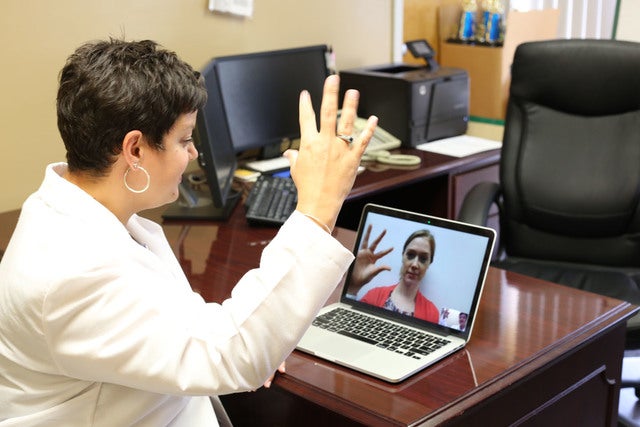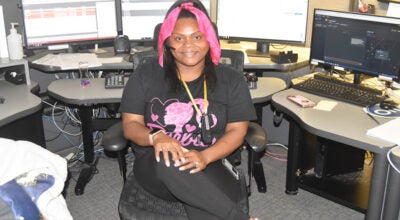Local clinic to practice medicine via web
Published 12:00 am Friday, August 5, 2016
LaGRANGE — By the end of August, the words “The doctor will see you now” will take on a whole new meaning for some patients of the Emory at LaGrange clinic at 301 Smith St.
The medical center will enter the technology sector and see patients via the world wide web through a program called Telemedicine. An appointment, computer and internet connection is all that is needed for this new realm of medicine.
Dr. Jaime Hatcher-Martin, an assistant professor of neurology at Emory in Atlanta, is kicking off the pilot project in LaGrange.
“The patients come to the clinic, get set up and see the doctor over video, who will be at a remote location,” Hatcher-Martin explained. “This allows patients to have access to medical experts that are not in their community. It saves time from traveling long distances and also has many cost benefits.”
The telemedicine project at Emory at LaGrange will be open to people with movement disorders, such as Parkinson’s Disease, neurological disorders, tremors and more.
“A lot of what we see is based on medical history … much of what we see over the internet will allow us to make a diagnosis … and the video will be in real time,” Hatcher-Martin said.
A telemedicine visit will be confidential, with just the patient and doctor via a computer screen, similar to Facetime or Skype, inside an exam room. The physician will still be able to adjust their patient’s treatment and prescribe medications.
The associate professor became familiar with telemedicine last year and demonstrated how it works to other medical practitioners at a national conference.
“Patients are becoming comfortable visiting with their doctor via video and audio with just the click of a button,” she said. “I think this is the way medicine is going, especially with neurology. Those patients sometimes suffer problems with cognition or an inability to drive — things that might prohibit them to come in to an office.”
There are only three fellowship trained neurology physicians who specialize in movement disorders in three out of the 159 counties within Georgia, Hatcher-Martin said. Troup County is not included on that list, she added. Which means the majority of folks either travel long distances to see a specialist — or do not receive care at all.
Troup County does have a practicing neurologist, Hatcher-Martin confirmed. But the community is one of the few — only 37 counties in Georgia have at least one neurologist on staff. That leaves 122 counties unaccounted for.
Emory at LaGrange is opening up the pilot program to 20 neurological patients, Hatcher-Martin stated. After six weeks, physicians and technicians will ask those patients to fill out surveys and assess whether telemedicine is the right fit for folks in the local community.
“We’ll need to see if the program is beneficial to patients. … We want to make sure it is worthwhile and doesn’t compromise care,” she said.
Eventually, the Emory staff would expand the telemedicine program to include patients within their wound care department, behavioral health and more. The technology can even be used in some emergency situations, Hatcher-Martin said.
“My vision is to have a virtual neurology clinic within the community. … Patients receive ongoing evaluations and can communicate with their providers at Emory,” she explained. “We can use it (telemedicine) for triaging … is this an appropriate patient for our services? We can take care of urgent issues, evaluate patients and keep them out of emergency rooms when possible, or decide that they need immediate care.”
The telemedicine pilot project will start at the end of the month.
Anyone with neurological issues or movement disorders who would like to participate in the test program can contact Emory at LaGrange at 706-882-8831.







